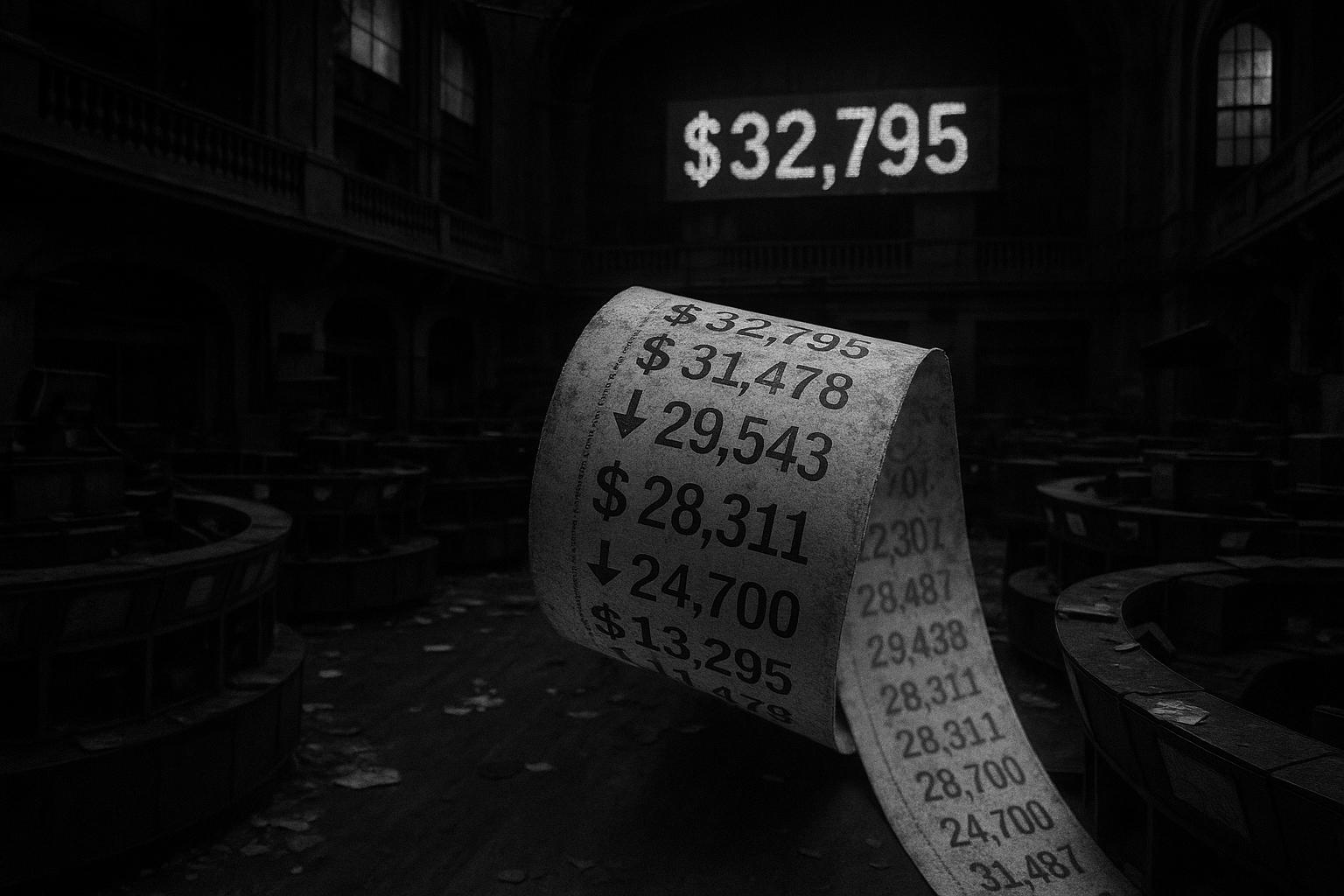In a defining moment on a quiet Sunday in the summer of 1971, President Richard Nixon disrupted the American television programme Bonanza to announce a pivotal economic policy change—suspending the U.S. dollar’s convertibility into gold. This event, later known as the "Nixon Shock," marked the end of the Bretton Woods system and the gold standard, a monetary foundation where every U.S. dollar was backed by a tangible ounce of gold, fixed at $35 per ounce. The decision effectively traded fiscal discipline for a fiat currency system with floating exchange rates, a shift that the authors Paul Stone and Dave Erickson attribute as the root cause of America’s escalating inflation, mounting debt, and broader socioeconomic challenges.
Before 1971, the gold standard provided a hard limit on government spending, as currency issuance was constrained by gold reserves. Removing this link allowed the U.S. government to spend without direct fiscal consequences, financing deficits through Federal Reserve money creation instead of tax hikes or spending cuts. Stone and Erickson suggest that Nixon’s advisors viewed this move as essential to outspend and outpower geopolitical rivals, particularly the Soviet Union, envisioning control over global influence through economic dominance.
The consequences of abandoning gold as a monetary anchor have been stark. U.S. government debt has ballooned from around $400 billion in 1971—less than 40% of GDP—to a staggering $37.5 trillion or approximately 124% of GDP today. This trend is mirrored globally, with worldwide debt reaching $324 trillion, exceeding 235% of global GDP according to the Institute of International Finance. The return to fiscal and monetary excess contrasts sharply with the fiscal restraint necessitated by the gold standard era, rendering the current economic environment one of unprecedented leverage and vulnerability.
The erosion of the dollar’s value and the expansion of government debt have bolstered gold’s status as a critical hedge. The metal’s fixed physical supply fundamentally contrasts with the infinite printability of fiat currencies, which central banks continue to add to their reserves vigorously. In the first seven months of the current year alone, central banks net purchased 200 metric tons of gold, a 4% increase year over year as reported by the World Gold Council. This ongoing acquisition underscores the recognition of gold’s unique role as "real money" free from counterparty risk—a reliable store of value amid economic uncertainty.
Gold prices have reflected these dynamics, rallying above $3,700 an ounce with significant speculation around further gains. Some analysts and investors now forecast gold reaching $7,000 per ounce within the near term, driven by the unsustainable growth of debt and constrained monetary policy. The Federal Reserve finds itself between a rock and a hard place: raising rates risks government default under debt servicing burdens, while cutting rates threatens further dollar depreciation. Both scenarios are expected to favour higher gold prices. Retail demand remains strong in traditionally gold-loving markets like India and China, and North American gold-backed ETFs are seeing record inflows, signaling continued institutional and individual investor interest.
Moreover, other precious metals—silver, platinum, and palladium—have exhibited strong performance this year, with gains of more than 50%, 65%, and 35% respectively. Notably, palladium currently trades at a discount relative to gold and platinum, prompting forecasts of a potential price surge.
By contrast, contemporary financial markets exhibit signs of overextension. Margin debt in stock markets has hit record levels, exceeding $1 trillion, signalling elevated speculative risk that historically precedes market corrections. While governments and households grapple with unprecedented debt loads, investors are increasingly leveraging borrowed money to maintain market positions, heightening systemic vulnerability.
Reflecting on this complex financial landscape, many investment strategists recommend allocating approximately 10% of one’s portfolio to gold, split evenly between physical bullion and high-quality gold mining stocks to balance liquidity and growth potential. This approach serves as a safeguard, preserving purchasing power against inflationary pressures and market dislocations, consistent with gold’s historical role across diverse economic epochs.
Looking back at the long-term repercussions of Nixon’s decision, economists and market analysts broadly agree it initiated profound shifts in economic growth, unemployment, and currency valuation. A detailed examination of these impacts highlights how detaching the dollar from a fixed gold base has contributed to declines in real income stability and purchasing power, confirming concerns raised over the decades.
In essence, the shift away from gold as a monetary backbone has unleashed a cascade of fiscal and monetary challenges manifest in soaring debt and destabilised currency values. These dynamics elevate the importance of gold and related precious metals as indispensable assets in a well-diversified portfolio amid persistent economic uncertainty and geopolitical tensions.
📌 Reference Map:
- Paragraph 1 – [1], [4]
- Paragraph 2 – [1], [2], [4]
- Paragraph 3 – [1], [2]
- Paragraph 4 – [1], [2], [4]
- Paragraph 5 – [1], [2]
- Paragraph 6 – [1]
- Paragraph 7 – [1]
- Paragraph 8 – [1]
- Paragraph 9 – [1], [3], [5]
Source: Noah Wire Services
